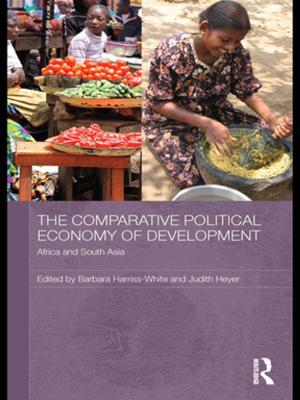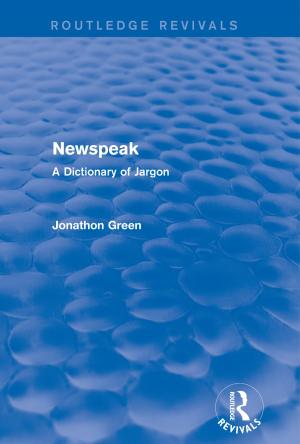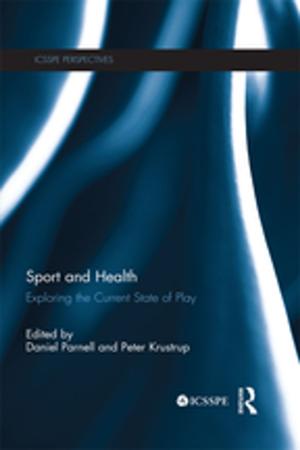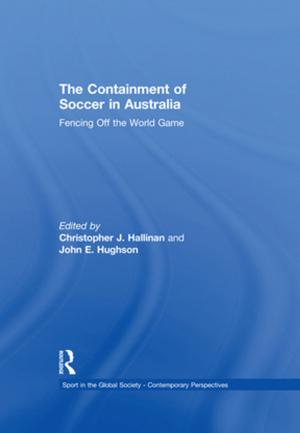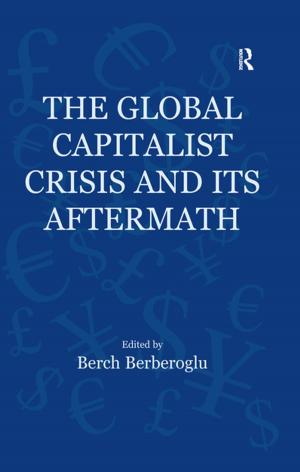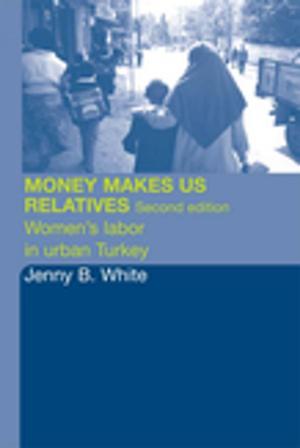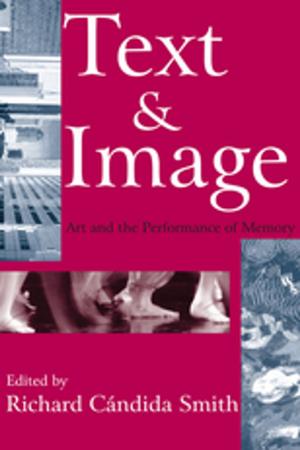Restoration and Eighteenth-Century Poetry 1660-1780 (Routledge Revivals)
Fiction & Literature, Literary Theory & Criticism, Poetry History & Criticism, British| Author: | Eric Rothstein | ISBN: | 9781317589174 |
| Publisher: | Taylor and Francis | Publication: | October 10, 2014 |
| Imprint: | Routledge | Language: | English |
| Author: | Eric Rothstein |
| ISBN: | 9781317589174 |
| Publisher: | Taylor and Francis |
| Publication: | October 10, 2014 |
| Imprint: | Routledge |
| Language: | English |
Restoration and Eighteenth-Century Poetry 1660-1780, originally published in 1981, considers poetry written between 1660 and 1780, a period which, although largely recovered from its nineteenth-century reputation, still attracts widely varying critical responses. Abandoning the old labels such as ‘neoclassicism’, ‘romanticism’ and ‘sensibility’, the author focuses on descriptions of genres and their formal elements and traces the broader patterns of literary and historical change running through the period.
Eric Rothstein describes different poetic modes- panegyric, satire, pastoral and topographical poetry, the epistle, and the ode- to suggest their aesthetical possibilities as well as their process of change. He also considers style and the uses of the past, topics which have often caused particular problems for the students of the period. What becomes clear is the extraordinary originality, flexibility and power with which Restoration and eighteenth-century poets handles the stylistic assumptions and the body of poems they inherited and employed in their own works.
Restoration and Eighteenth-Century Poetry 1660-1780, originally published in 1981, considers poetry written between 1660 and 1780, a period which, although largely recovered from its nineteenth-century reputation, still attracts widely varying critical responses. Abandoning the old labels such as ‘neoclassicism’, ‘romanticism’ and ‘sensibility’, the author focuses on descriptions of genres and their formal elements and traces the broader patterns of literary and historical change running through the period.
Eric Rothstein describes different poetic modes- panegyric, satire, pastoral and topographical poetry, the epistle, and the ode- to suggest their aesthetical possibilities as well as their process of change. He also considers style and the uses of the past, topics which have often caused particular problems for the students of the period. What becomes clear is the extraordinary originality, flexibility and power with which Restoration and eighteenth-century poets handles the stylistic assumptions and the body of poems they inherited and employed in their own works.

